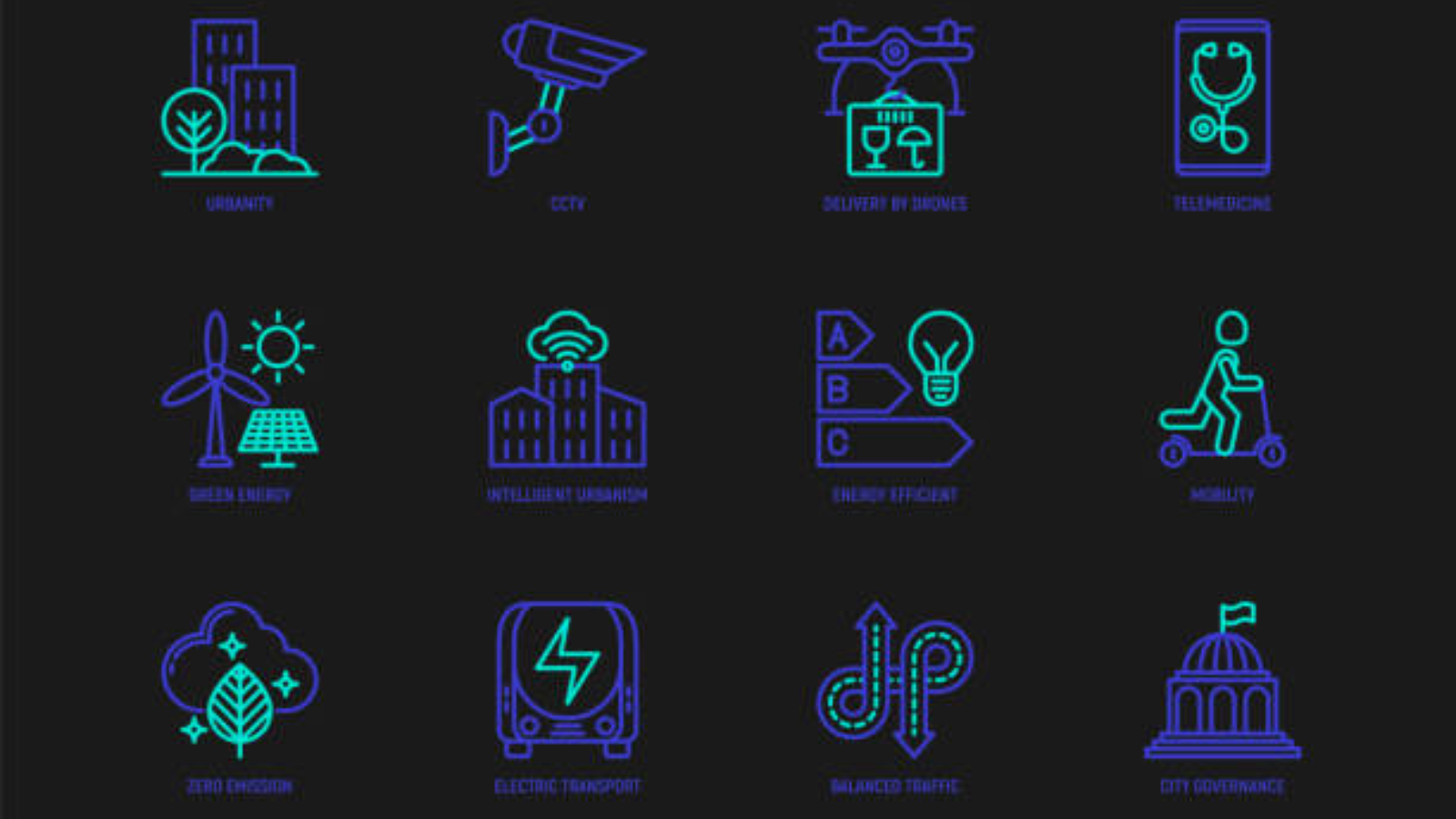In this Article
Introduction
As urban populations continue to grow, cities around the world are turning to technology to enhance the quality of life for their residents. The concept of a “smart city” involves integrating information and communication technologies (ICT) to manage a city’s assets and resources efficiently. We will delve into specific examples and highlight the benefits these technologies bring to our everyday lives.
This article will explore real-world applications of smart cities, showcasing how innovative solutions are being implemented to address urban challenges.
Smart City Use Case Examples
By focusing on practical applications and real-world examples, this article aims to provide a clear and informative overview of smart city technologies. Here are real-world examples illustrating how these innovations are transforming urban landscapes and improving the quality of life for residents.
1. Smart Traffic Management
One of the most pressing issues in urban areas is traffic congestion. Smart traffic management systems use sensors, cameras, and data analytics to monitor traffic flow and optimize signal timings. This results in reduced traffic jams, lower emissions, and improved road safety. Below are some real-world examples:
- Los Angeles, USA: The city implemented an adaptive traffic control system called ATSAC (Automated Traffic Surveillance and Control), which adjusts traffic lights based on real-time traffic conditions. This system has significantly reduced travel times and improved traffic flow across the city.
- Singapore: Singapore’s Intelligent Transport System (ITS) uses a combination of GPS data, traffic cameras, and sensors to provide real-time traffic information. The system helps drivers avoid congested areas and find the fastest routes, reducing overall travel time and improving fuel efficiency.
2. Smart Waste Management
Efficient waste management is crucial for maintaining a clean and sustainable city. Smart waste management systems use sensors in waste bins to monitor their fill levels. When a bin is nearly full, a notification is sent to waste collection services, ensuring timely and efficient pickups. Here are some examples:
- New York City, USA: The Bigbelly system uses solar-powered trash compactors and sensors to manage waste. These smart bins can hold up to five times more waste than traditional bins and send alerts when they need to be emptied, reducing the frequency of waste collection trips and minimizing environmental impact.
- Dubai, UAE: Dubai has implemented smart waste bins equipped with sensors that monitor fill levels and temperature. The system can detect potential fire hazards and send alerts to waste management teams, ensuring timely intervention and reducing the risk of fires.
3. Smart Energy Management
Energy consumption in urban areas is a significant concern, especially with the rising electricity demand. Smart energy management systems use IoT devices and data analytics to monitor and optimize energy usage in buildings and public infrastructure. This can lead to substantial energy savings and reduced carbon footprints. Examples include:
- Amsterdam, Netherlands: The city’s smart grid project integrates renewable energy sources and uses real-time data to balance supply and demand. This system allows for more efficient energy distribution and reduces reliance on fossil fuels, contributing to a greener urban environment.
- San Diego, USA: San Diego has implemented a smart street lighting system that uses LED lights and sensors to adjust brightness based on real-time conditions. This system reduces energy consumption by up to 60% and lowers maintenance costs, as the lights can be monitored and controlled remotely.
4. Smart Public Safety
Ensuring the safety of residents is a top priority for any city. Smart public safety systems leverage technologies such as surveillance cameras, IoT sensors, and data analytics to enhance security measures. These systems can detect unusual activities, monitor public spaces, and provide real-time alerts to law enforcement agencies. Examples include:
- Singapore: The Safe City program uses a network of sensors and cameras to monitor public areas and respond quickly to emergencies. The system can detect unusual activities, such as unattended bags or crowd gatherings, and send alerts to law enforcement agencies for prompt action.
- London, UK: London’s Metropolitan Police use a system called Live Facial Recognition (LFR) to identify individuals on watchlists in real time. This technology helps law enforcement agencies locate and apprehend suspects more efficiently, enhancing public safety.
Conclusion
Smart city initiatives are transforming urban environments, making them more efficient, sustainable, and livable. By leveraging technology, cities can address various challenges, from traffic congestion to waste management and public safety. The examples discussed in this article demonstrate the potential of smart city solutions to improve the quality of life for residents and create a more sustainable future.
How Can We Help?
The AlphaX ecosystem is dedicated to providing innovative solutions to the challenges faced by modern cities. Our platform offers a comprehensive suite of tools and services designed to enhance urban living through smart city technologies. AlphaX has the expertise and resources to help cities become smarter and more efficient. To learn more about how we can assist your city in implementing smart solutions, visit AlphaX Contact Us.
References
Related Blog Posts
How Smart Cities Connect: Getting Started with Edge AI and IoT Technology
How to Get Started with Edge AI and IoT Technologies in Smart Cities: Overcoming Integration Challenges In recent years, the concept of smart cities has evolved from a futuristic Read More
5 Step Strategy: Ensuring Security and Privacy in 15-Minute Smart Cities
Introduction Ensuring security and privacy in 15-minute smart cities is a critical challenge as urban areas become increasingly connected through IoT and edge AI technologies. These cities aim to Read More
What is a smart city and the challenge of legacy systems
How to Get Started with Integrating Legacy Systems in Smart Cities Smart cities are transforming urban landscapes by leveraging technology to improve the quality of life for residents. However, Read More




